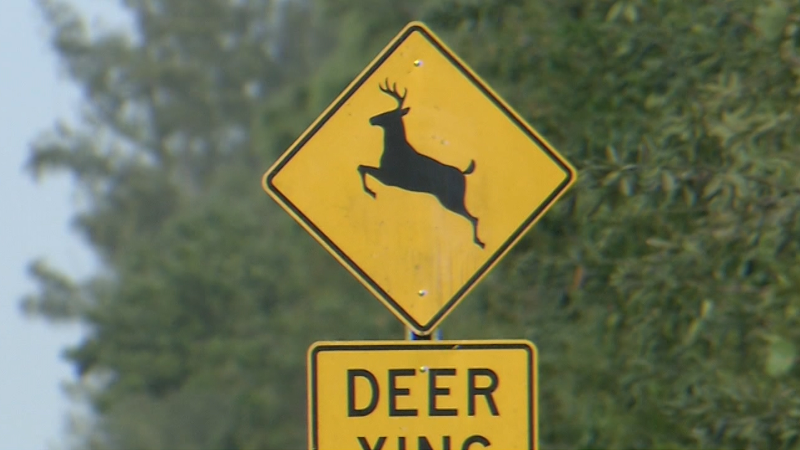Radar, Lies and Videotape
UPDATE: Greenwood (GRD) and Rock Hill, (UZA) in South Carolina reported UP late this morning but they also reported clear skies at the time so I'm discounting these observations (thanks Will). However blog reader Wilbur in Hyde County, North Carolina reports that he did see some flurries this morning.
ORIGINAL POST:
Looking at the weather situation in the Carolinas and West Virginia this morning, I see some good examples of why you can't trust radar maps sometimes.
There are two situations that I see on this radar map this morning:

The radar loop has shown snow in the Carolinas all morning. But is it really happening? According to the "obs" map from our Pro site, which shows what's falling from the sky, NO.

| LIVE ON PRO | MORE MAPS
According to official government manual and automated observations, no snow was reported in the Carolinas at 11Z (6 AM). I also looked back through the 5 images before that and there was none there either. Just to be sure, I configured a search from the Surface Text page on the Pro site to say "Tell me where Snow, Unknown Precip [JessePedia] or Ice Pellets was reported in North Carolina or South Carolina between midnight and 8 a.m." There was none.
But how can we be sure? Official government reporting stations are sometimes dozens of miles apart or can't detect snow flurries. The only tool we have left is webcams, and the ones that I can see through our corporate firewall don't snow anything falling. Unless we have any readers in the Carolinas who say they saw a flurry this morning, I'm going to pull a Mythbusters [JessePedia] and call this one "busted." UPDATE:
So why did the radar show snow? The snow is there, but it's evaporating before hitting the ground due to low humidity (LIVE ON PRO | MORE MAPS) at the Earth's surface. This is easy to spot on radar because the precipitation will appear to "go around you" on a radar loop. Take the Wilmington Radar image shown below, for example.

Notice also that it shows snow over both Raleigh and Morehead City, but if you look at the RDU or MRH radar map from the same time, they don't show snow over them (but they do over Wilmington). When you put the data from local radar sites together into what's called the "composite" shown above, it doesn't take this into account and it looks like it's snowing everywhere.
Have I confused you enough yet? The answer lies in the fact that the radar is looking upwards in the atmosphere, taking a thin slice of it from the ground to about 15,000 feet (think of a cone or coffee filter)* then that is flattened onto the two-dimensional map you see. It doesn't see the snow until it gets high enough because it's evaporated at lower levels.
Looking at the obs and radar map above brings me to situation number two:
The observations clearly show snow at nearly every station in West Virginia, but there's nothing on the radar. What accounts for this? Well, if you look at a "raw" composite radar such as the radar archives from AccuWeather.com RadarPlus, you can see that there is a tiny bit of snow in the state. If you then look at the local radar, you can see that it is centered around the radar. This is probably an indication that the snow is at very low levels or is very light, so again, because of the "cone" effect, you won't see it outside of the center.
Another less likely possibility is that there is blowing snow which is being interpreted as precipitation by the government sensors.
If you loop that raw composite radar, there are some other interesting things to note. Read more about those in "Radar, Lies and Videotape, Part. II".
*If you don't want to think of a coffee filter, or you don't know what one looks like, the best illustration I've ever seen of NEXRAD radar slicing is contained within this PDF file on an FTP site. There are several "cones" because the radar produces several scans at different angles. The first cone is the one you see when you think of "weather radar" on TV or the Internet.
Report a Typo















